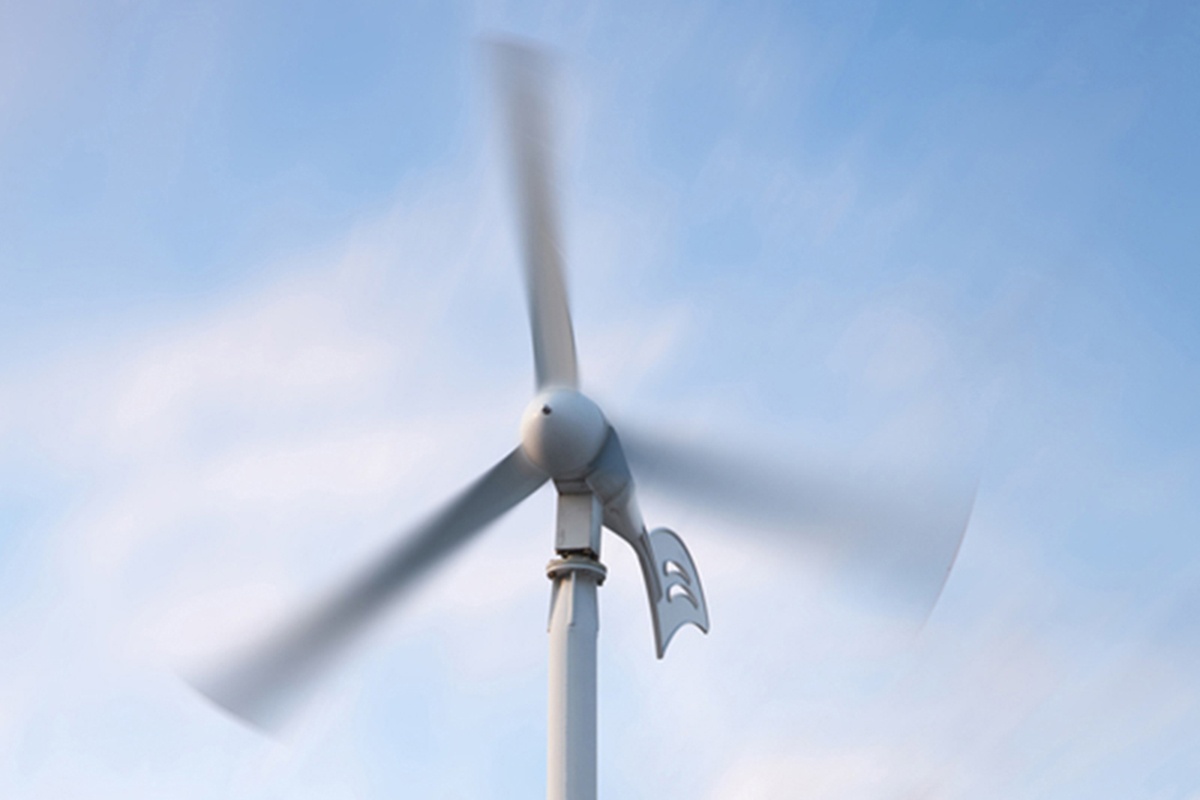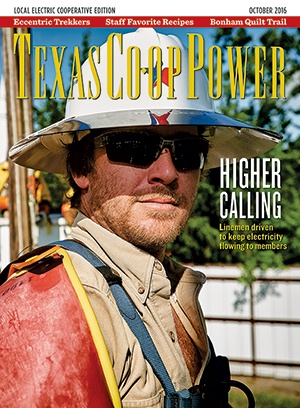Nearly a decade ago, well before others in the electric energy sector dared to pick up and carry a banner promoting value derived from energy efficiency, United launched an Energy Innovation campaign that would educate, inform and assist its membership in controlling energy costs—a windfall of energy savings to the cooperative and its members, as well as relief to the increasingly stretched Texas electric grid.
By design, Energy Innovation is the umbrella from under which four components leverage change to the antiquated and wasteful energy usage philosophies of yesterday:
1) Energy Conservation—changing behavior to reduce energy use
2) Energy Efficiency—reducing energy use through technology upgrade and improvement
3) Demand Response—shifting energy use to different times to shave peak demand
4) Distributed Generation (DG)—small-scale generation (i.e., wind and solar) on the distribution system close to the point of end use
While the so-called “low-hanging fruit” of Energy Innovation typically resides within the scopes of energy conservation and energy efficiency, gains have been made over recent years in distributed generation (DG), cited above as one of the fixtures in modern-day energy efficiency philosophies and practice.
As consumer interest in DG began to rise around 2010, United channeled additional focus and resources toward educating members about the real merits and pitfalls inherent in DG. That approach began with the installation of United’s first DG Learning Lab at its Stephenville office—a 1.7 kW and a 1.8 kW solar array. Since that initial DG installation, United has installed a variety DG learning labs (both wind and solar) at each of its local offices that provide members with a live opportunity to size-up various DG applications before making a considerable investment in them.
United launched the creation of the DG learning laboratories following the cooperative’s application and receipt of grant funding from the USDA’s Renewable Energy Systems and Energy Efficiency Improvements Program—funding that helped defray a considerable portion of the costs associated with lab installations. Today, the learning labs have not only widely benefitted United members, they have also allowed United employees to develop a greater understanding of these emerging technologies so they could accurately convey to members the details associated with DG installations; siting, construction and material costs, and anticipated energy production.
Wind vs. Solar
United has tracked its member-installed DG applications since 2005, and during that timeframe solar DG has eclipsed wind as the favored technology. The shifting trend toward solar applications was first observed in 2013, a period when the number of wind and solar installations in United’s service territory was in a dead heat with 41 installations each. By the end of 2014 however, solar DG installations had soared to 60, while total wind systems remained static at 41. The reasons for increased interest in solar applications within United’s service territory and elsewhere may be due to the following considerations for solar vs. wind:
• Up-front installation costs
• Maintenance concerns
• Wind reliability
• City ordinances
As of the summer of 2016, United has recorded 138 total (96 solar- 42 wind) DG systems that have been installed by its membership, totaling 633 kW of potential power. To put those numbers in reference, United’s peak coincident demand in 2015 was 531,000 kW.
Learning Lab Results
Some of the most valuable information obtained from the co-op’s learning labs has been the real-time observation and comparison of energy production generated from each installation.
To date, the cooperative studies have reflected that solar arrays with optimal orientation generate at approximately 19 percent of their peak capacity while wind turbines generate at approximately 11 percent of their rated capacity.
That means that for every 1kW of fixed-mounted solar installed, 4.55kWhs of energy would be produced daily and 1,660 kWhs would be produced annually. For every 1kW of wind installed, 2.64 kWhs of energy would be produced daily and 965 kWhs would be produced annually.
The reason these values are so low when compared to the system size is the energy sources (solar radiation and wind) aren’t always available—hence the aforementioned 19 percent and 11 percent capacity factors. In further analysis, most wind turbines are rated for a 24-27 mph wind speed range, so even if the wind is blowing and the turbine is spinning, it doesn’t mean the turbine is operating at a level near its rating.
To view output data from any of United’s in-house DG labs, please visit www.united-cs.com. The real-time information can be found by going to the site’s Distributed Generation section, under the Programs tab. Additional information regarding DG can also be found under the same tab.
United not only assists its membership by providing detailed information about DG, the co-op also provides grants for qualifying PV/Solar installations. The PV/Solar grant must be accompanied with an invoice and must meet or exceed 1,000 watts or 1 kW.
As the cost of DG continues to become more feasible, and as long as DG retailers continue to market their systems to cooperative members, United will stand ready to assist its membership in making informed, practical decisions regarding a potential investment in distributed generation. United members who wish to find out more about wind or solar applications can contact a United energy expert by calling 817-556-4000, or by visiting United’s website at www.united-cs.com.


